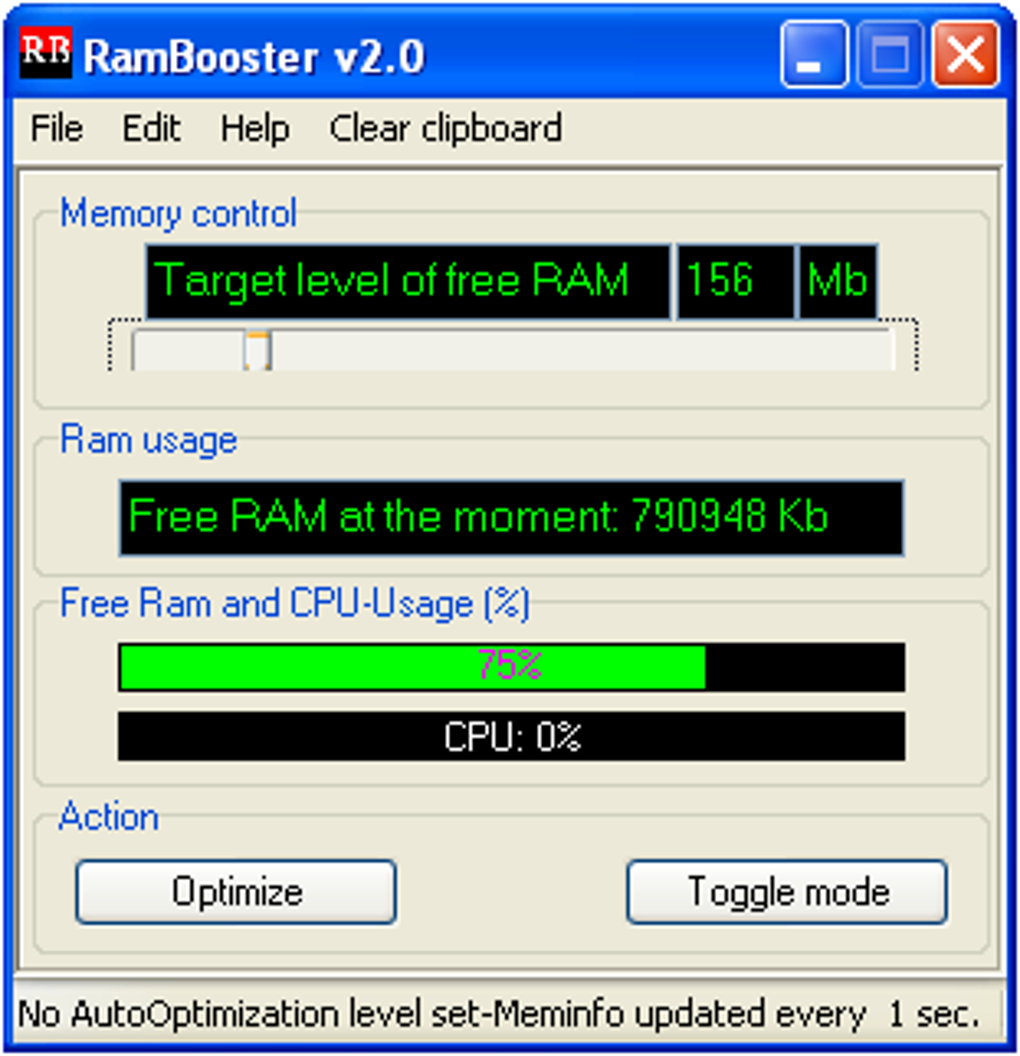
When you connect a flash-based memory device to your system and configure it as a ReadyBoost device, SuperFetch will copy its cache from the hard disk to the device and enlist ReadyBoost to assist in the cache management system. SEE: How to use Windows 10's Resource Monitor to track memory usage This is where ReadyBoost comes into play.

While the SuperFetch cache management technology works fine while using your system's hard disk for the cache, it does fall prey to fact that a hard disk relies on physically moving parts, which can limit the speed with which data is transferred back and forth between RAM and the cache. Of course, this greatly improves the performance of applications marked as high-priority I/O. With this system SuperFetch will temporarily sideline a low-priority I/O application when a high-priority I/O application takes precedence. To further improve performance, SuperFetch incorporates an I/O prioritization technology, in which applications are marked as either a low- or high-priority I/O application. Using adaptive techniques, SuperFetch constantly monitors the data and system files related to those applications and preloads them into the cache where they can be loaded into RAM quickly. SuperFetch is a disk cache management technology designed to enhance the operating system's responsiveness when loading and switching between the applications you use most often. To begin with, it is important to understand that ReadyBoost is essentially a helper tool for SuperFetch, a larger component built into the operating system.



 0 kommentar(er)
0 kommentar(er)
